Why do some Blackbirds have white feathers?
01 Jan 2012 | No. 2012-03
When is a Blackbird not a Blackbird? When it has leucism, an umbrella term for conditions that cause usually pigmented feathers to lack their dark colouration. The results of a new study reveal that hundreds of Blackbirds with this unusual white feathering have been spotted in gardens across the UK.
Across the country, householders have been seeing piebald Blackbirds with strange white markings, including white spots and white tail feathers. This is often caused by leucism, a condition caused by genetic differences that affect pigmentation production. The genetic differences are not always present in every cell, which is why some feathers may appear ‘normally’ pigmented while some do not. It is not a disease, although it may have indirect negative impacts on birds.
Leucism is one of a number of conditions to have been reported through the BTO Abnormal Plumage Survey, preliminary results from which have just been published.
- In this case, ‘abnormal’ means any plumage which is different in colour to the typical plumage of a species. It does not automatically mean the plumage is bad or defective.
In less than a month, the survey has clocked up nearly 700 sightings, encompassing more than 35 different species. Three-quarters of the records have been of leucistic birds, and of these, nearly half have been Blackbirds. Leucistic birds may be confused with albino individuals, but the latter have pink, instead of dark eyes, and only account for 12% of survey records to date.
It is not yet clear why Blackbirds appear to be particularly affected. It could be that they are unusually susceptible to the condition. However, being black or, in the case of female Blackbirds dark brown, any light-coloured feathers show up particularly clearly. Indeed, several other species with all-black, or mostly black, plumage have been spotted with white feathers fairly often, including Carrion Crow (49 records) and Jackdaw (40).
Many other strange-looking birds have also been seen. Of the 28 ‘melanistic’ individuals recorded, which have an excess of dark-coloured feather pigmentation patterns, almost half have been Great Tits or Blue Tits, with their normally white cheeks and yellow bellies becoming dark-coloured.
Other fascinating abnormalities have included a family of four chocolate-brown Jackdaws in County Antrim, a Greenfinch with orange feathers in the West Midlands and a Goldfinch with an orange rather than a red face in East Sussex. Perhaps the most striking photo sent into the survey to date has been an all-white Starling, seen in Prestatyn, North Wales.
Dr Tim Harrison, of the BTO Garden Ecology Team, commented:
“The diversity of species recorded through the survey is impressive, ranging from common garden birds, such as House Sparrow and Chaffinch, to less frequent visitors, such as an all-white Buzzard in Aberdeenshire and a leucistic Coot in Norfolk. On a handful of occasions, birds have looked so unusual that participants have simply had to write ‘species unknown’.
“The most northerly survey record to date has been from Shetland, from where we received a report of a Blackbird with white feathers around its eyes, making it look as though it is wearing spectacles. The most southerly record has been a leucistic House Sparrow seen last year on St Mary’s, Isles of Scilly. If you have ever seen a bird with unusual plumage in your garden, please let us know.”
Anyone who wishes to take part can visit the Abnormal Plumage Survey webpage or telephone 01842 750050 for a paper recording form.
Further information
- Find out more about the Abnormal Plumage Survey >
- Read more about abnormal plumage >
- Read more about leucism and albinism in birds >
Notes to Editors
- The BTO Abnormal Plumage Survey is a study examining unusual plumage characteristics, notably pigmentation irregularities, of British and Irish garden birds. To take part in the survey online visit www.bto.org/abnormal-plumage or phone 01842 750050 to request a paper recording form.
- BTO is the UK’s leading bird research organisation. Over thirty thousand volunteers contribute to BTO’s surveys. They collect information that forms the basis of conservation action in the UK. BTO maintains a staff of 100 at its offices in Norfolk, Bangor and Stirling, who analyse and publicise the results of project work. BTO’s investigations are funded by government, industry and conservation organisations.
Contact Details
Jon Carter - BTO Press Officer
Office: 01842 750050
9 a.m.–5.30 p.m.
Email: press [at] bto.org
Images are available for use alongside this News Release.
The BTO has an ISDN line available for radio interviews. Please contact us to book an interview. Office: 01842 750050
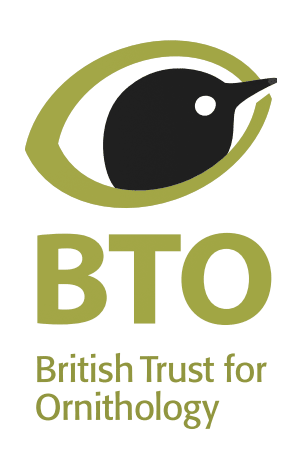
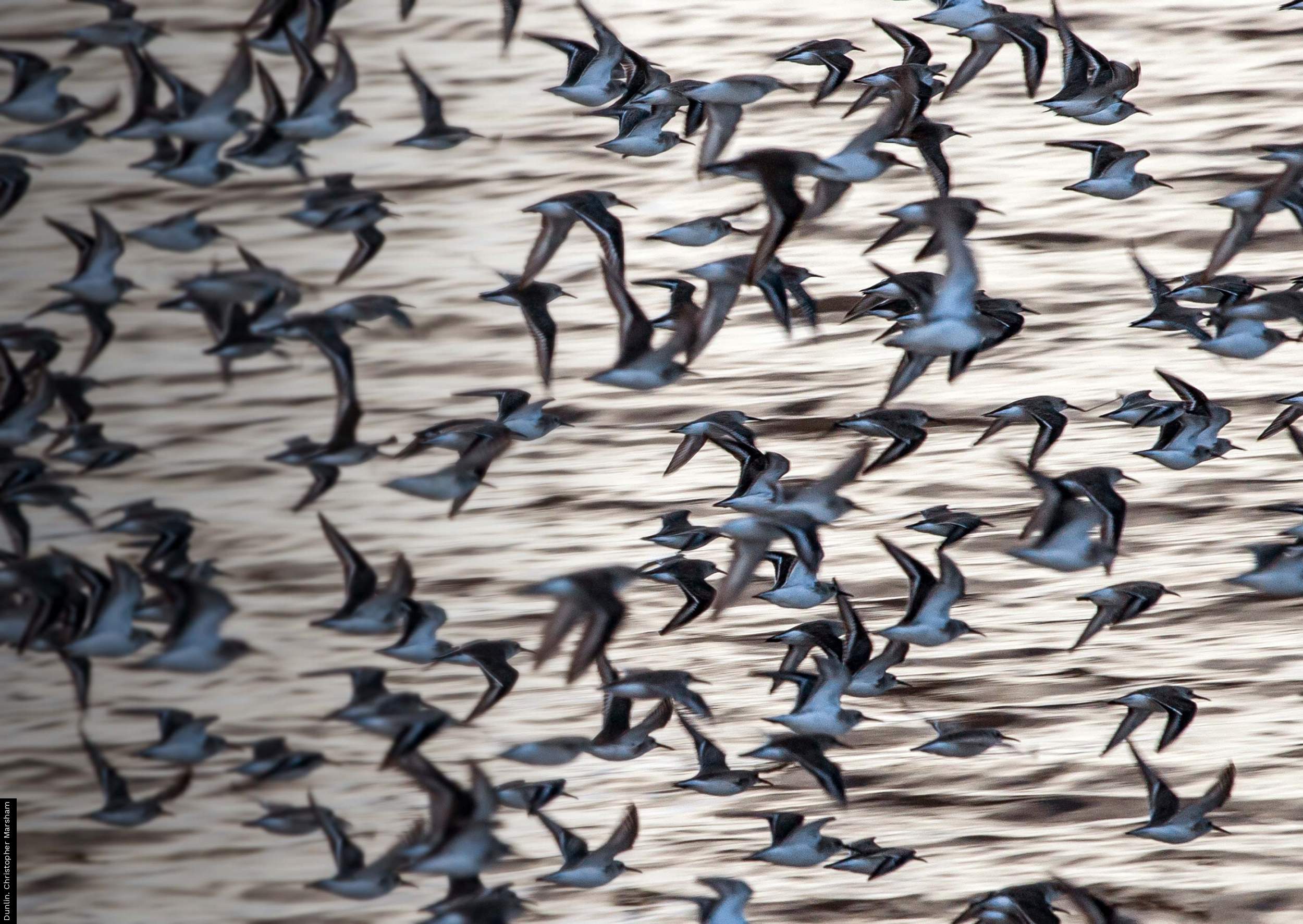


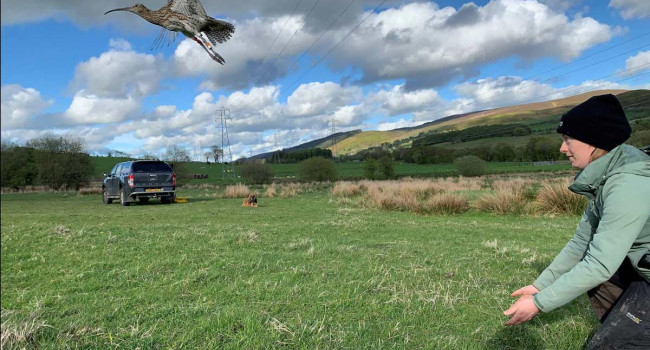
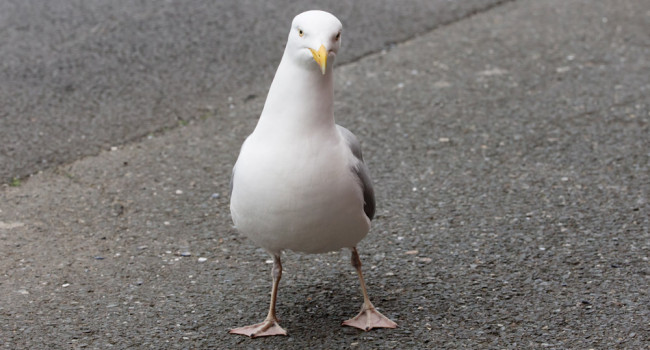
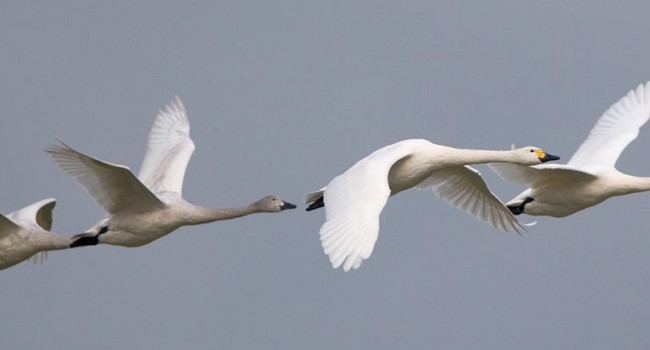

Share this page